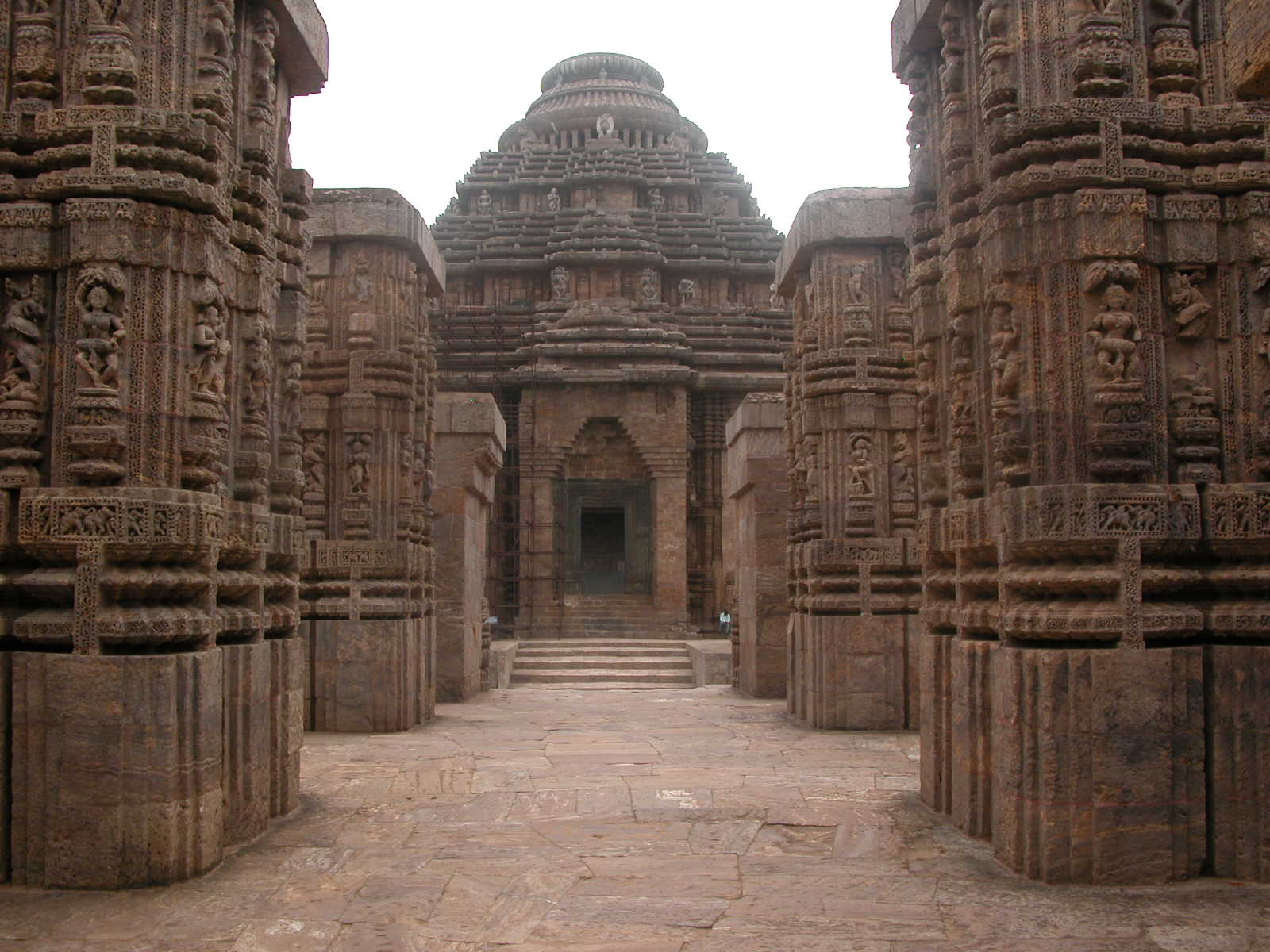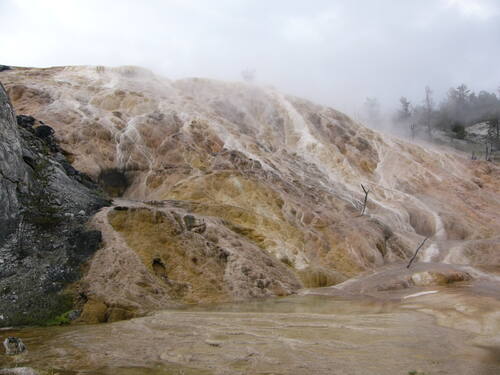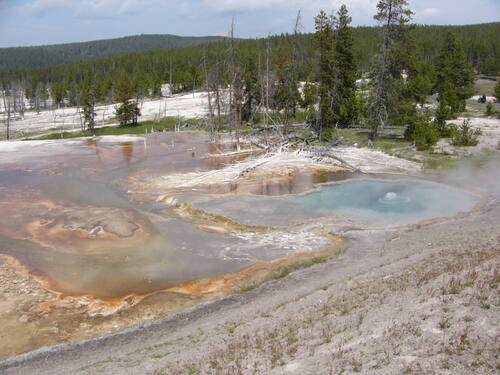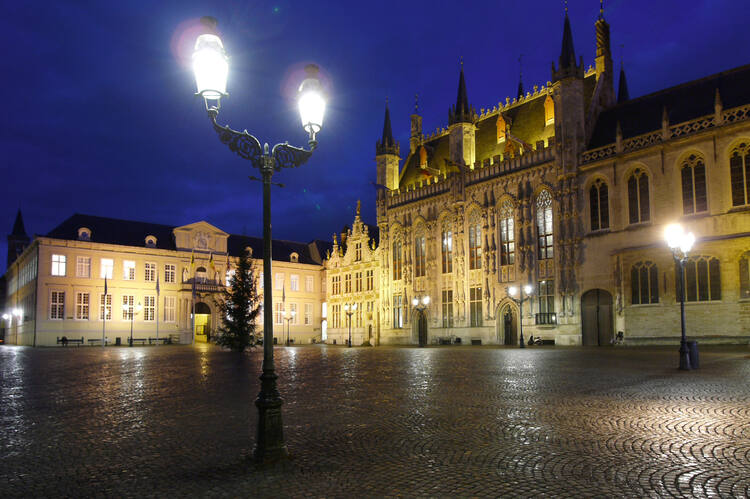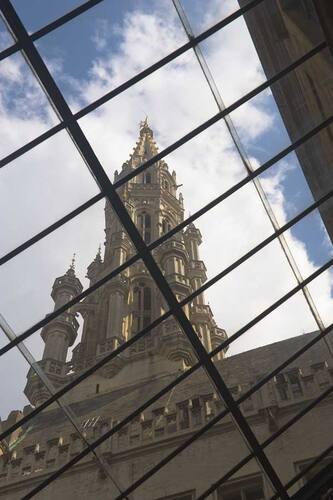Birth Place of Lord Buddha
The Lord Buddha was born in 623 BC within the sacred space of Lumbini placed in the Terai plains of southern Kingdom of Nepal, testified by the inscription on the pillar erected by the Mauryan Emperor Asoka in 249 BC. Lumbini is one of the holiest places of 1 of the world's great religions, and its remains contain important proof regarding the nature of Buddhist journeying centres from as early because the third century B.C..
 Criterion The archaeological remains of the Buddhist viharas (monasteries) and the stupas (memorial shrines) from the third century B.C. to the fifteenth century AD, provide vital proof regarding the nature of Buddhist journeying centres from a really early amount.
Criterion The archaeological remains of the Buddhist viharas (monasteries) and the stupas (memorial shrines) from the third century B.C. to the fifteenth century AD, provide vital proof regarding the nature of Buddhist journeying centres from a really early amount.
The complex of structures inside the archeologic conservation space includes the Shakya Tank; the remains inside the Maya Devi(mother of Buddha) Temple consisting of brick structures in a cross-wall system geological dating from the third century B.C. to the current century and also the arenaceous rock Ashoka pillar with in script. Additionally there square measure the third century B.C. to the fifth century AD and the remains of Buddhist stupas from the third century B.C. to the fifteenth century AD. The site is currently being developed as a Buddhist journeying centre, where the archeologic remains associated with the birth of the Lord Buddha kind a central feature.
 Criterion The archaeological remains of the Buddhist viharas (monasteries) and the stupas (memorial shrines) from the third century B.C. to the fifteenth century AD, provide vital proof regarding the nature of Buddhist journeying centres from a really early amount.
Criterion The archaeological remains of the Buddhist viharas (monasteries) and the stupas (memorial shrines) from the third century B.C. to the fifteenth century AD, provide vital proof regarding the nature of Buddhist journeying centres from a really early amount.
The property boundary however will not embody the whole archeologic website and varied components square measure found within the buffer zone. The entire property including the buffer zone is owned by the govt of Kingdom of Nepal and is being managed by the Lumbini Development Trust and thus there's very little threat of development under Nepalese government or neglect. However the effects of business development within the region are known as a threat to the integrity of the property.





